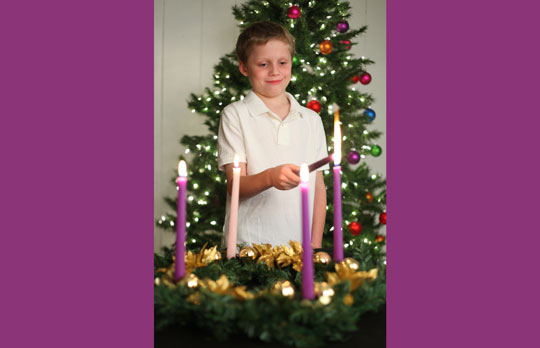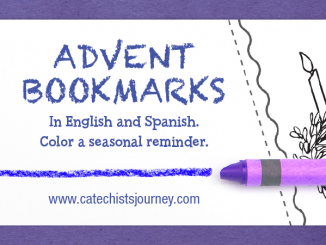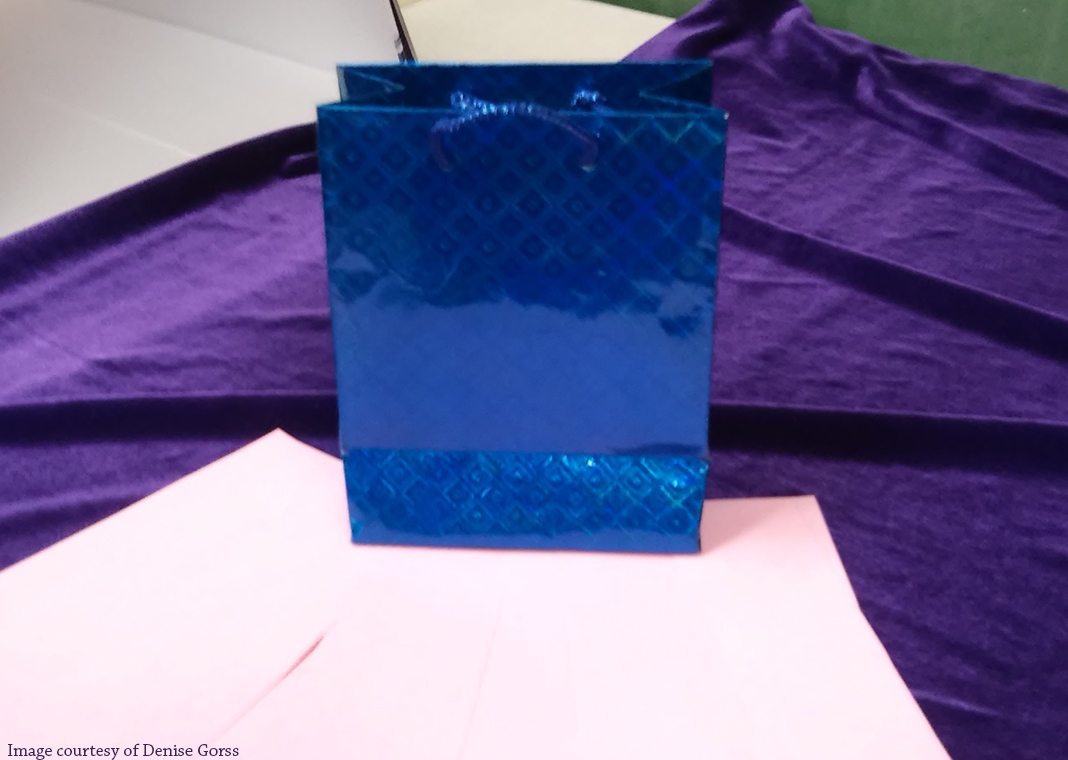
What should Catholic children know about Advent? They should know that it is a season of waiting and preparation, not fulfillment. In contrast to the frenzied Christmas shopping season, the patient waiting that characterizes Advent has its own particular beauty. More than that, it helps us understand something important about Jesus: he is the awaited Savior of the people of God.
Use the rich symbols and stories of the season to help children experience Advent and lead them to a better celebration of Jesus’ coming at Christmas.
The Seasons
Help children know the basic outline of the Advent and Christmas seasons. Explain that the liturgical year begins with Advent. Children should know the importance of the four weeks of Advent and the celebrations of the Christmas season: the Nativity of the Lord (Christmas Day); the Feast of the Holy Family; the Solemnity of Mary, the Mother of God; the Epiphany; and the Baptism of the Lord. Middle-grade children should recognize the order and reasons for these celebrations.
The Story of Salvation
Use a Jesse Tree to help children understand salvation history. The symbols on this “Bible on a tree” represent Jesus’ ancestors. With older children, read Jesus’ genealogy (Matthew 1:1‒25), which we hear at the Christmas Vigil Mass. From Adam and Eve on, each of these people played a role in preparing for Jesus. Help students know that Abraham, Noah, Moses, David, and others, especially Isaiah, who promised the coming of Jesus, all played a role in the coming of Jesus, the “Second Adam.” If you don’t know the basic outline of salvation history and the relationship of these figures to Jesus, consider some introductory Bible study.
The Role of Mary
Take time during Advent to teach children about Mary’s discipleship and her importance as the Mother of God. Mary was chosen by God to be the mother of Jesus. Through her “yes” to the angel Gabriel, the Son of God became human for our salvation. Just as Mary waited for the birth of her son, during Advent we wait for Jesus to come again in his glory.
The Advent Wreath
The wreath represents the coming of Jesus Christ, who is the Light of the World. As we light the candles each week, we mark the passage of time leading towards Christmas. Gather each week before or at the end of your session to pray around the wreath. Even if you don’t have class during the final week of Advent, ask the children to watch for the final candle on their family wreath and the wreath at church.
The Nativity Scene/Manger
Have children color or craft an empty stable, populating it with figures. Remind them that Mary, Joseph, and Jesus don’t arrive until Christmas Eve and the Wise Men not until Epiphany. A prayer-box manger can be a daily reminder to pray for others. Help families celebrate at home by sending home an outline for prayer around the Nativity scene.
When children return to class, allow time for them to share their Christmas stories. Help them understand that when the Christmas season ends on the Baptism of the Lord, we are ready for a new beginning, to follow Jesus as he starts his public ministry.
How do you teach about the Advent and Christmas seasons?





Be the first to comment